This post has been sponsored by the Royal Wine Corp.. All opinions expressed are my own. The following message is intended for those 21+ please enjoy responsibly.
Everything old is new again. As early as 2014, one of Italy’s top rosé regions was selling off as much as 25% of its vineyards according to a December 3rd 2014 Winefolly article by Madeline Puckette, signaling the high-water mark of Rosé’s doldrums. However, less than two years later Fortune would run an article celebrating how “Millennials have made Rosé mainstream again.” Finally, just this past May, Business Insider proclaimed that Millennials aren’t letting go of their pink wine obsession any time soon.
However, as Winefolly asked of the Lugana wine region once upon time, “Is it worth saving?” we might the opposite question of Rosé “Is it worth keeping around?”
That, naturally, is precisely the question I’m putting to today’s bottles.
First, some context as to where I’m coming from. Growing up, rosé wine was unequivocally the ‘fashionable’ drink of the “bebedores inexpertos.” The young ‘American’ wives of my then-young Italian brothers would bring it over, and the family’s ‘old guard’ would politely tolerate it with feigned smiles and forced compliments. In our house, sturdy reds such Sangiovese and Sagrantino were the order of the day, with Sambuca and Anisette serving as our aperitifs of choice. Later on, I would develop an on-again-off-again love affair with even sturdier Greek wines, and become fascinated by Curaçao and Cachaça, all while picking up some stellar sangria recipes along the way, which I’ll be sure to share to someday – during which time rosé was simply ‘out of style.’ In other words, rosé was never an ‘ingredient’ in my formative years.
However, perhaps my early memories of rosé have tainted my perception. Or perhaps the contrarian in me is just naturally off put by anything as blatantly trendy as the drinking habits of the puritanically alcohol-averse millennial generation, or perhaps both? Likely both.
With that, let’s begin.
First up, we have a Herzog Lineage 2017 Rosé Wine Blend Clarksburg. The wine introduces itself with a rose petal coloration, which catches light with a deep garnet hue. Off the nose, the wine greets with initial hints of citrus zest set over a bed of ripe tart cherry. On the palate, the wine is surprisingly well bodied, while in terms of flavor the aromatics largely carry over in the form of blood orange mixed with tart cherry essences. Overall, this is a very, very pleasant bottle.
Next in line is the Vina Encina Rosado, a Syrah rosé. The wine greets with an instantly powerful aromatics of ripe red fruit, chiefly ripe cherry and subtly hints of raspberry. Floral notes of red summer flowers linger in the background, but are very faint. On the palate, the first thing to come to mind is ‘refreshing,’ being instantly zesty and quite ‘juicy’ of texture.
Third up, we have the first of the two ‘lighter’ bottles, the Chateau Roubine Cru Classe Premium Cotes de Provence. The wine introduces itself with a pale to almost-translucent salmon hue, and greets with a nose of honey and fresh strawberries off the top, mixed with hints of brown sugar. On the palate, the wine features moderate acidity carried on rose water and just hint of metallic minerality.
Finally, we come to the Nadiv Reshit Rosé 2017, a tempranillo rosé. Off the top of the glass, the wine is instantly fruity, think bright red fruit, with just a hint of bright, fresh herbal notes in the background. On the palate, the wine is quite light, and very refreshing. Oddly, the herbal notes from the aromatics carry over quite pronouncedly with a fair bit more acidity than I had expected, with notes of raspberry peppered throughout. Overall, a very pleasant experience.
That said, for pairing, thing standard ‘by the book’ rosé pairings for each bottle. For the Vina Encina and Herzog, your first thoughts should be to enjoy the wines outside in the sun with perhaps some fresh sliced fruit. For the Chateau Roubine, think light but spicy, such as Thai food or sushi. The Nadiv, however, due simply to how off guard the palate caught me, is where I’ll break with the ‘by the book’ suggestion, and say that I would likely treat that wine more like very light red wine, and suggest it alongside a proper antipasto of light cheese and cured meats if you’re looking to mix things up a little, otherwise the aforementioned suggestions will hold for all four bottles.
And so, you're likely wondering my answer to the question I started off with and, in true ‘gourmet’ fashion, I’ll say I thoroughly enjoyed the wines I reviewed today. However, it’s all on the palate of the beholder. Whether it’s trendy or not, millennial or not, the best advice any reviewer of wine can offer is to simply “Drink what you enjoy,” as Adam Centamore relates in his book Tasting Wine and Cheese: And Insider’s Guide to Mastering the Principles of Pairing.
And so, for any of my readers looking for refreshing summer wines, I can wholeheartedly recommend these bottles.
Cheers!
0
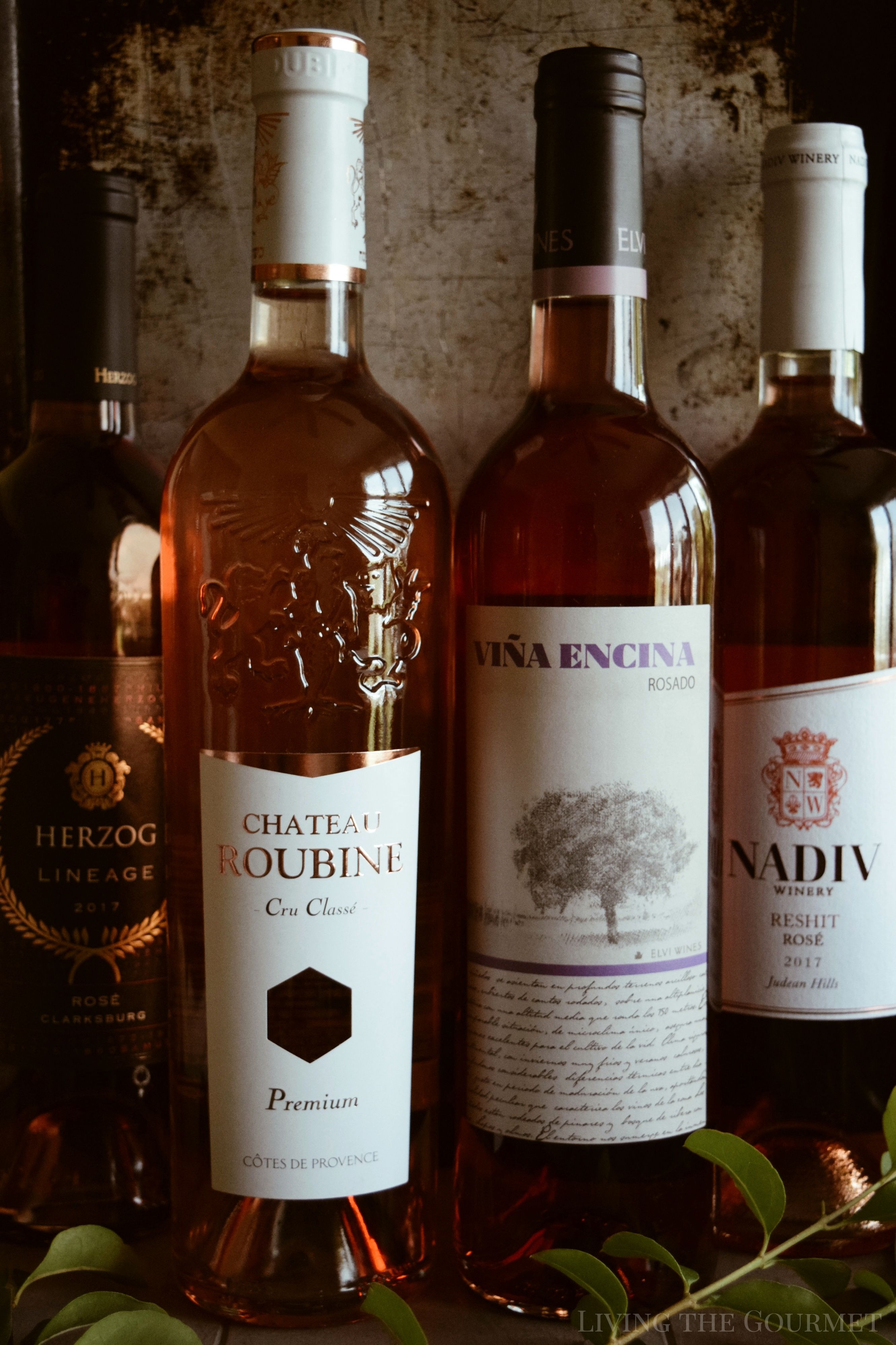
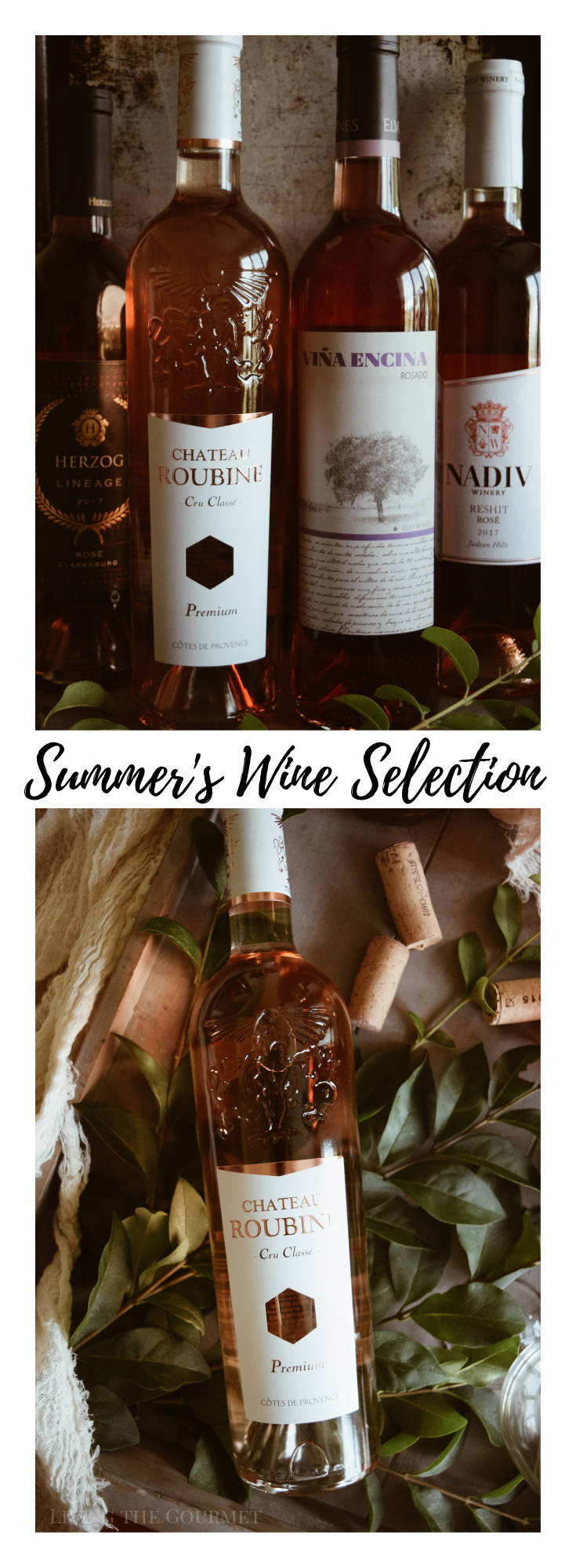


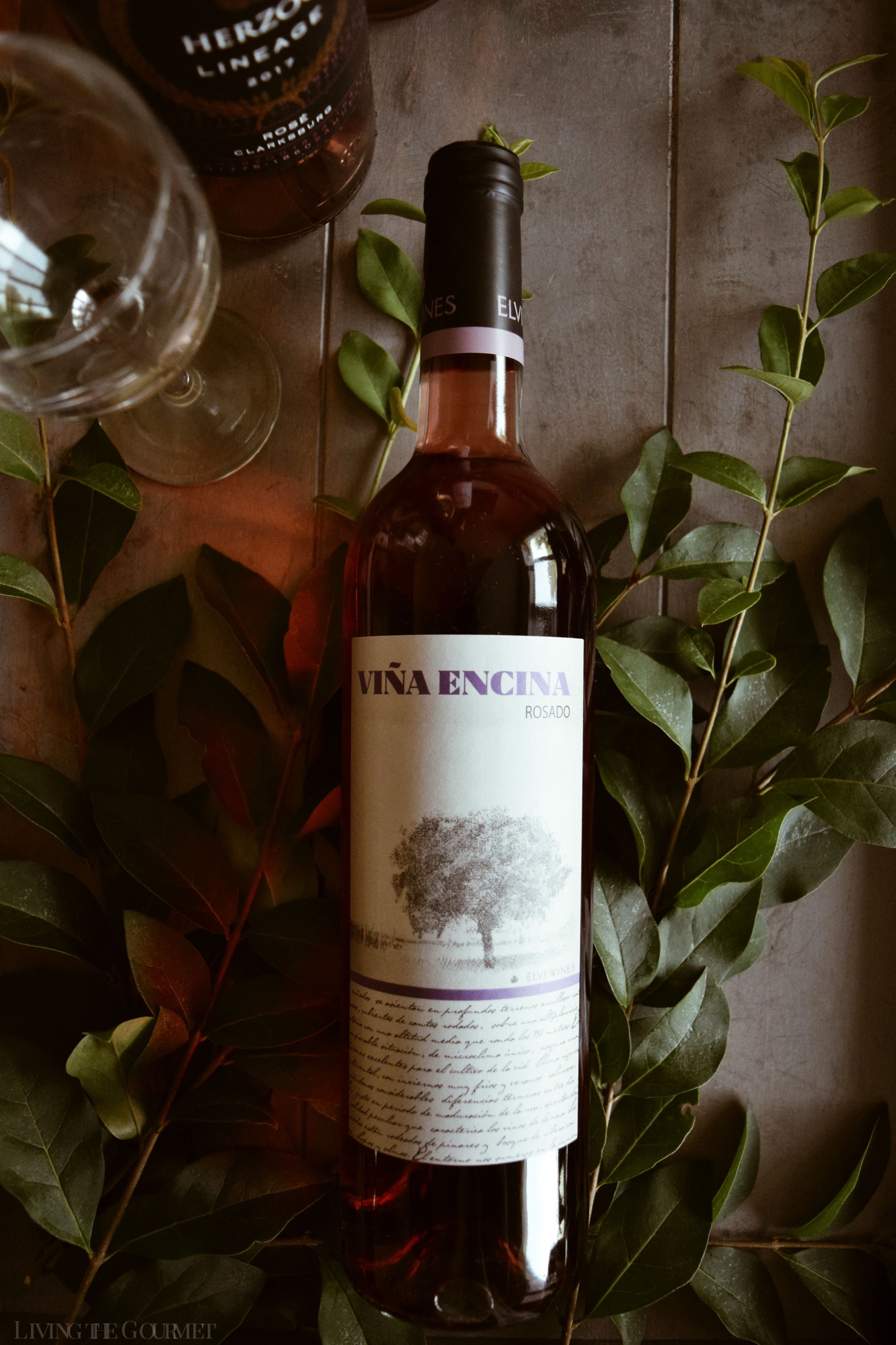
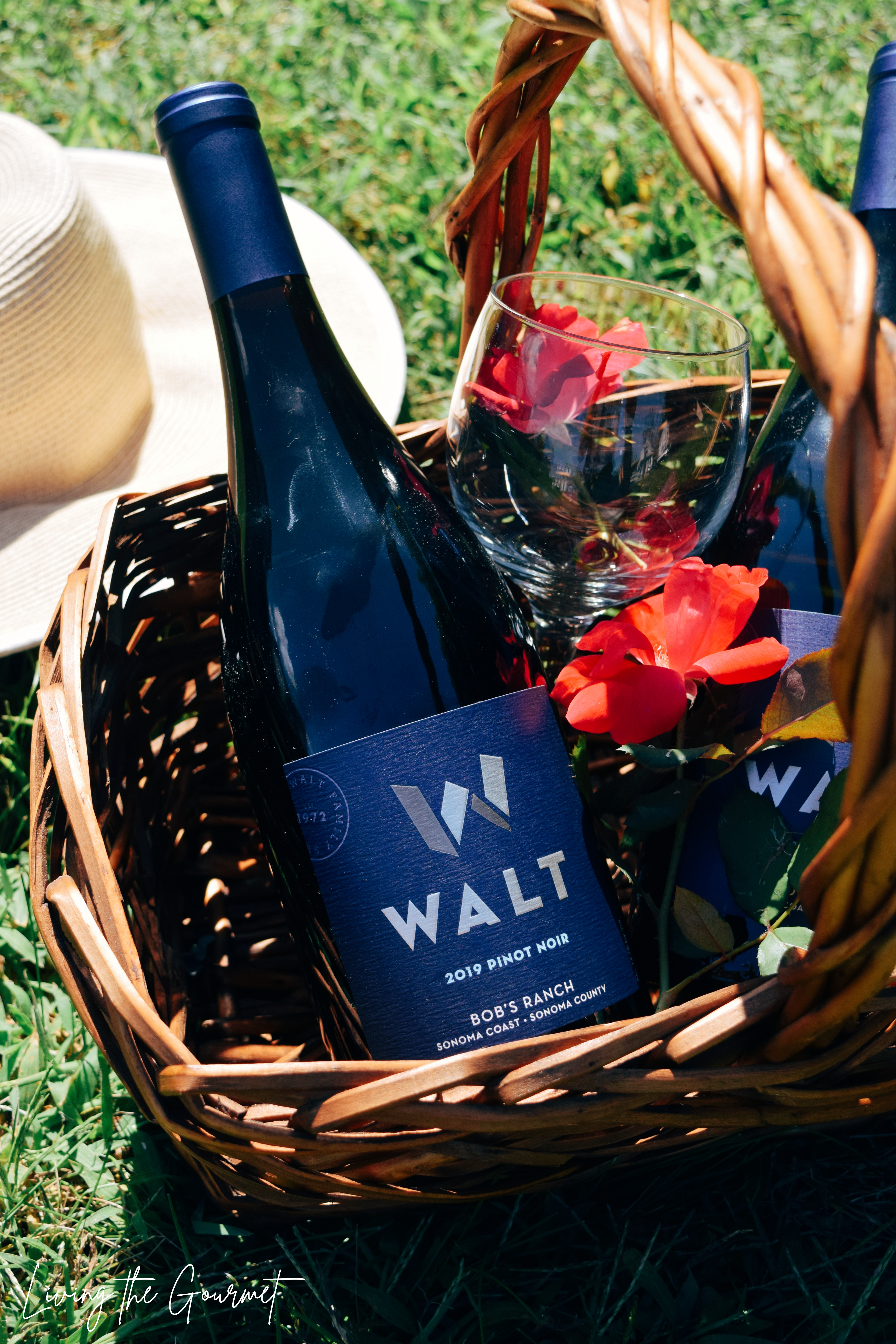
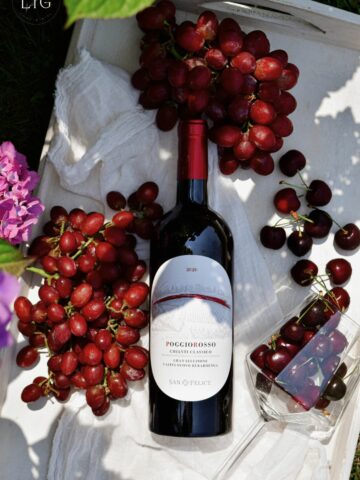
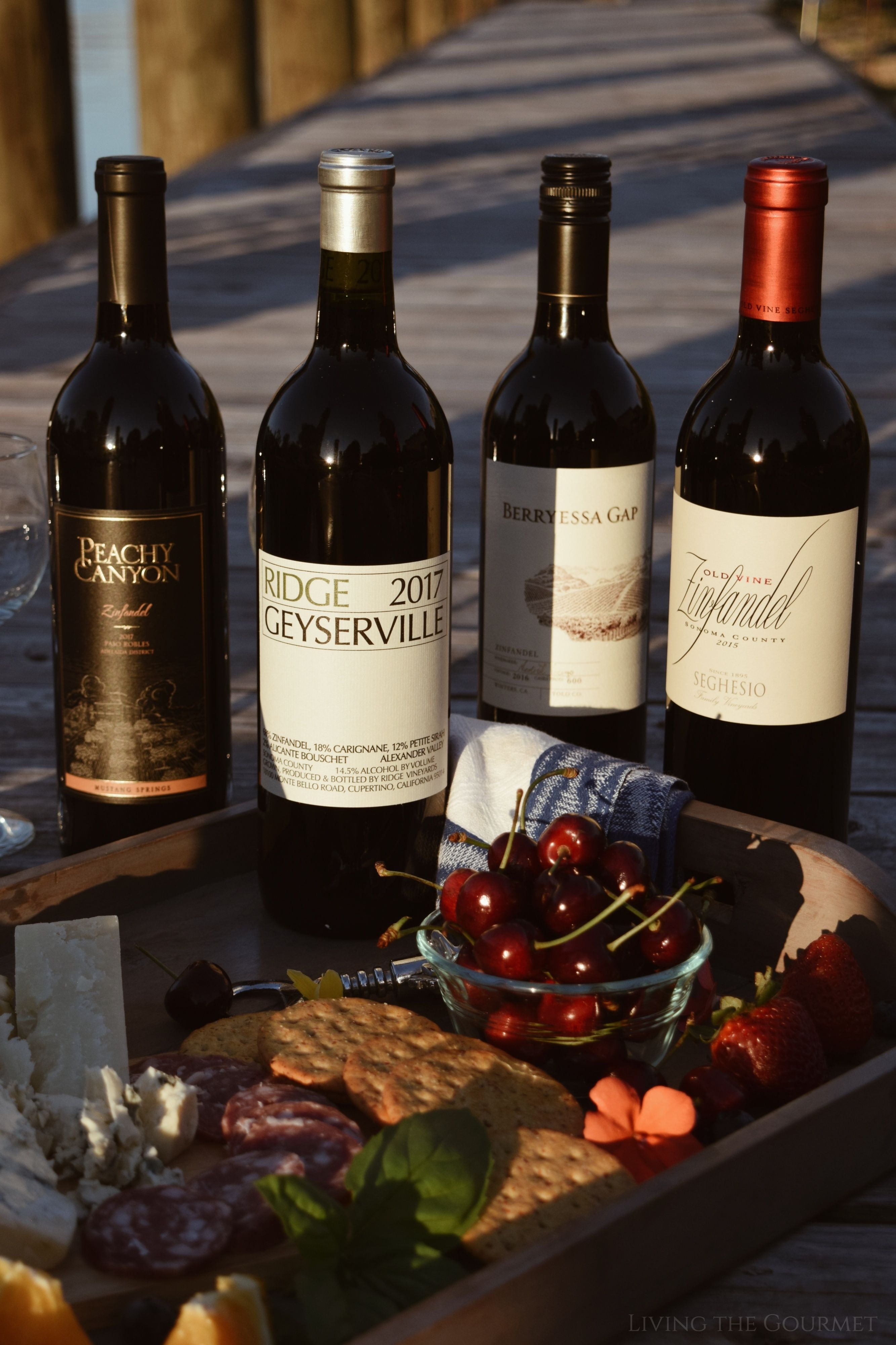
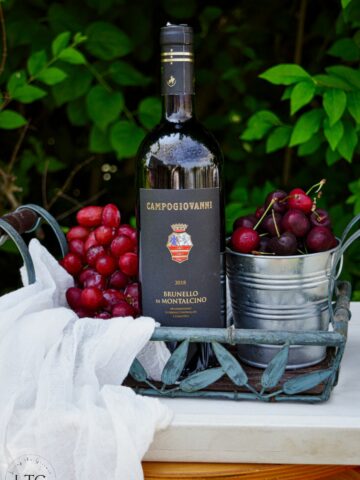
Leave a Comment